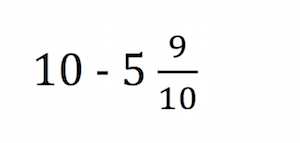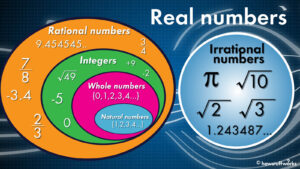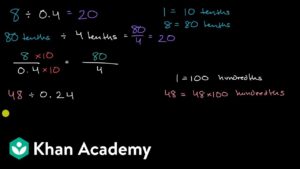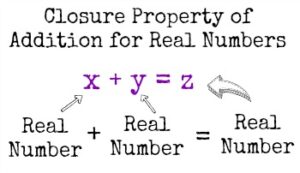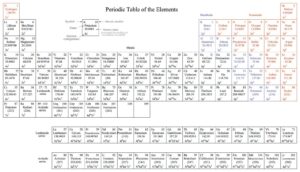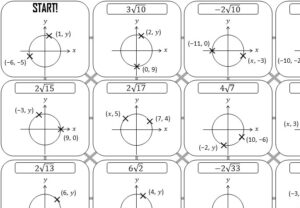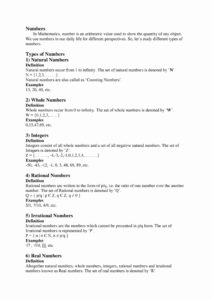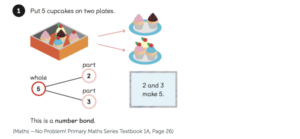How to Fluently Add and Subtract Whole Numbers Using a Calculator
When learning how to subtract whole numbers from a math problem, it can seem like the topic is endless. After all, the only way to learn subtraction is to first know how to count numbers. But, there are a few ideas you need to understand if you plan to use subtraction as a part of your math homework.
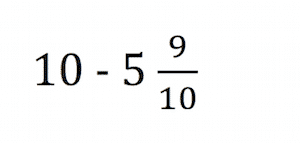
First, the fact that you have to know how to subtract whole numbers from a problem shows that you’ve already covered most of the topics in elementary mathematics. That’s great! By the time you’re done covering fractional and decimals, addition and subtraction will seem very easy. To that end, I have created several workheet, task cards and center projects to assist you in
You probably didn’t notice, but adding decimals (or fractional or binary) to whole numbers requires knowledge of fractional points, even if your calculator does not support them. To that end, try showing your calculator the following addition: two plus 2 equals five. If your calculator cannot calculate the answer using decimals, then I highly recommend you continue your lessons with decimals instead.
Once you’ve got most of your basic math skills down, the next topic you’ll need to master is quick chart paper and graph paper diagrams. These skills are especially important if you are learning how to add or subtract decimals. As an elementary student, you were probably taught to draw a line by placing the decimals on the top of the graph paper and labeling it with the fraction that went on top. In that lesson, I showed you how to use graph paper and labeled the decimals with the numbers to add them together. The same technique works when working with decimals.
To create a graph, draw your data as you normally would: starting at one end of the piece of graph paper, match up the different decimals to their proper places on the scale and label the appropriate number on the bottom right. For instance, if you have a ten-thousand dollar project budget, start by labeling “One thousand dollars” on one vertical line. If you have a ten-thousand dollar piece of jewelry, start by labeling “One hundred diamonds” on the left-hand vertical. And so on. By using these simple tools, you will soon know how to subtract decimals and create beautiful graphs and charts in a matter of minutes.
Of course, the most popular way for a beginner to learn how to subtract numbers is to do so on his or her Apple iPhone using a specialized app for learning. The advantage of using this method is that it can be done virtually anywhere – the beach, the office, or on the road. Plus, this type of learning is fun and you will quickly find yourself addicted to the process. As with any other skill, success requires practice and patience, but iPhone users have an easy and fun way of doing so that beginners won’t find it difficult to master.
Another option for beginners who’d like to know how to subtract whole numbers is to get a calculator. Some calculators, such as the iPhone-based Quicken, already have internal memory that stores whole numbers. Others, such as the Powermate and MBT calculators, have add-in capability that allows users to plug in whole numbers from their bank accounts and plug their credit cards into the unit. This option is popular among students because it’s easy to memorize how to add in decimals without having to go through the process of memorizing individual digits.
It might seem as if the options for learning how to subtract whole numbers are limited. However, you should note that the addition and subtraction units of traditional math are interchangeable. Therefore, you do not need to learn new terms such as decimals or fraction values. The addition and subtraction of decimals and fraction values is what makes math so complicated. When a beginner learns to fluently add and subtract whole numbers using a calculator, they will be ready for more advanced courses in which they will be able to use these concepts.
